When a firearm’s trigger is set to release at the slightest pressure, it is said to have “hair trigger.”
Now, a hair trigger doesn’t necessarily turn a firearm into a dangerous thing. It can be kept unloaded until its owner decides to fire it. That same owner can also observe Lt. Col. Jeff Cooper’s four primary rules of firearm safety.
What Is A Hair Trigger?
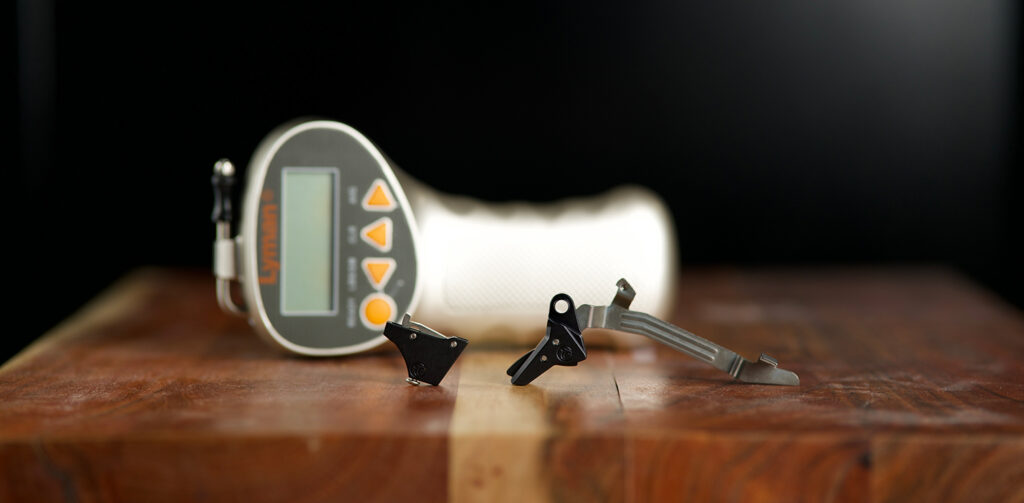
It’s not unusual to find”stock” triggers on pistols from the factory with a trigger weight around 5 pounds or thereabouts. Consider that your “standard” trigger. Now, make the trigger pull 2 pounds lighter or so – welcome to hair trigger territory.
There’s no set trigger weight that makes a trigger a hair trigger. Generally speaking, most shooters will consider any trigger with a pull weight of 3 pounds or lower a hair trigger though.
Hair Triggers In The Real World
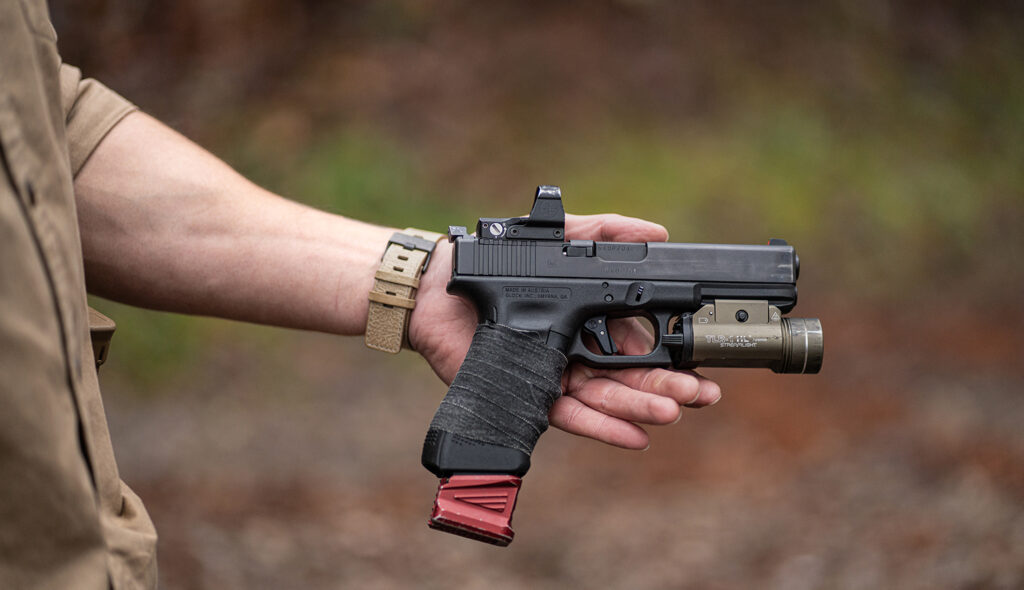
Thousands of shooters use hair triggers. In the competitive shooting world, they’re incredibly common and in the right hands, cause no issues.
But at the end of the day, we call the trigger the “bang switch” for good reason. If even the slightest pressure is enough to activate it, then an accidental discharge can happen that much more easily.
The Potential Trouble
On March 16th, 1991, Soon Ja Du shot and killed Latasha Harlins. We are not remotely qualified to analyze all the technical and legal details of this famous incident. We just want to point out one aspect of it: the hair trigger on Du’s revolver.
After the shooting, the LAPD ballistics department determined Du modified the trigger her 38 Special revolver, requiring less pressure to fire. In other words, she gave it a hair trigger. This modification was reportedly performed without Du’s knowledge – the revolver had been stolen from her store in 1988 and then retrieved from the police by her husband in 1990, thus giving the thieves a wide window in which to tinker with their loot.
We do not mean to defend Du, who pointed a revolver at a 15-year-old girl’s head during an altercation over orange juice. But if she did indeed intend not to fire, then this sad affair clearly underscores the chief disadvantage of a hair trigger: It increases the chances of accidentally discharging your firearm. (For more, see our guide to trigger discipline.)
What Is the Point of a Hair Trigger?
 Why would anyone modify a firearm’s trigger if doing so could increase the risk of an accidental discharge? One word: accuracy.
Why would anyone modify a firearm’s trigger if doing so could increase the risk of an accidental discharge? One word: accuracy.
When a firearm’s trigger pull is heavy (i.e. provides more resistance before firing), the shooter becomes more likely to move the firearm off target while they are still aiming. Conversely, when its trigger pull becomes lighter, the firearm becomes easier to keep steady while you are aiming.
This isn’t to suggest hair triggers are a magical, accuracy-enhancing feature. The shooter’s preference ultimately determines how light or heavy a trigger pull they need in order to fire most accurately. But in general, a lighter trigger pull correlates with better accuracy – with a hair trigger providing the best accuracy of all.
This is why shooters typically install them on firearms they’ve optimized solely for accuracy. You don’t necessarily want a light trigger on a firearm you would use for hunting, because you probably welcome at least some assurance against an accidental discharge while you’re out in the woods. Likewise, you don’t want a hair trigger on a firearm you would carry for self-defense, as drawing such a weapon during a high-stress scenario could very possibly end badly for you.
But when you want to witness just how accurately you can fire, be it during a competition or solely for your own satisfaction, then a hair trigger can be a highly rewarding modification!


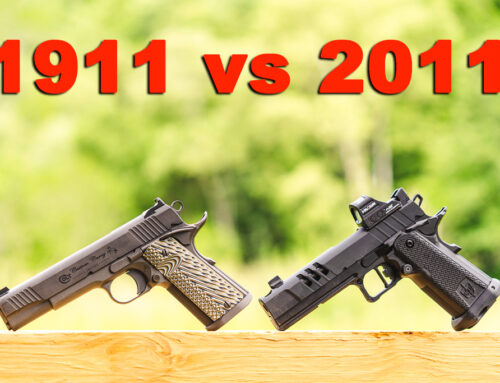
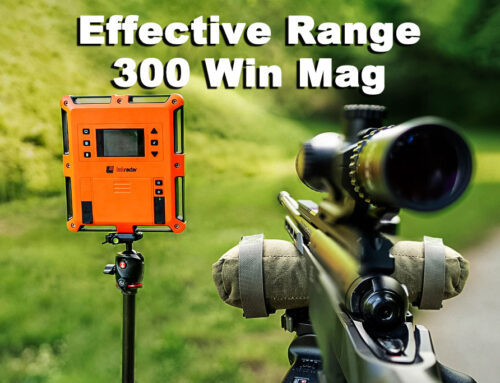
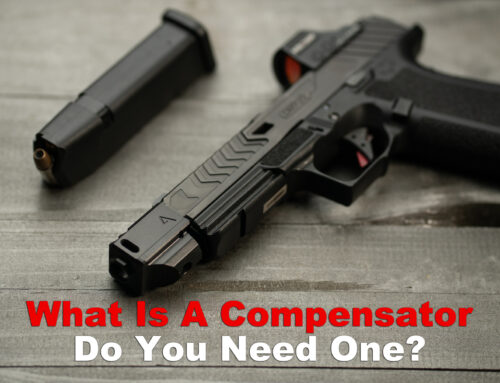

Leave A Comment